Some mysteries feel almost designed to taunt us, and the giant squid sits near the top of that list. For centuries it was a rumor with tentacles, a shadow behind a wave, a scar on a whale’s face. Today, the picture is finally sharpening thanks to deep-sea cameras, genetic sleuthing, and a flurry of evidence from places humans rarely touch. What’s emerging is a portrait of a stealth hunter that rules the dim midwaters with eyes the size of dinner plates and the patience of a ghost. The tantalizing part is how much we still don’t know – and how close we might be to real answers.
The Hidden Clues
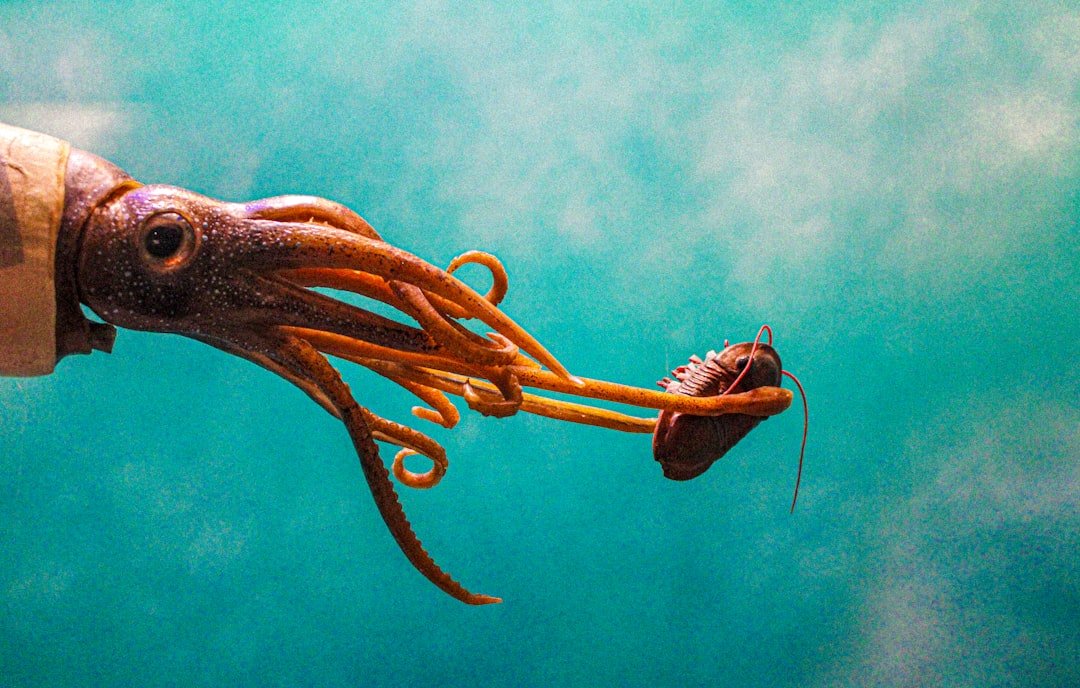
The giant squid leaves a breadcrumb trail that science has learned to read: beaks in whale stomachs, sucker rings embedded in blubber, strands of DNA drifting like smoke in the water column. Each clue is incomplete, but together they sketch a life spent in the twilight and dark zones, far below most fishing nets and all afternoon sun. I still remember stepping into a museum vault and seeing a preserved eye – glassy, colorless, huge – like a cracked moon, and realizing this animal is built to catch the faintest flicker of life at depth. The ammonia-rich tissues that help the squid hover with near-neutral buoyancy smell sharp and medicinal, which is why washed-up carcasses are unforgettable for coastal communities. Those strandings, rare as they are, keep reminding us that an animal can be globally present yet practically invisible.
In recent decades, low-light video has caught the squid long enough to confirm what the fragments implied: it is deliberate, fast when it wants to be, and comfortable in pressure that would crush a car. Environmental DNA sampling has added a quiet revolution, allowing researchers to map presence without sighting a single tentacle. Statoliths – the tiny balance stones in squid heads – carry growth rings that can hint at age, though reading them is tricky. Each method comes with caveats, but the convergence is striking: a large, wide-ranging predator that prowls the middle of the oceanic night. Piece by piece, the ghost turns into an animal we can describe.
From Ancient Tools to Modern Science
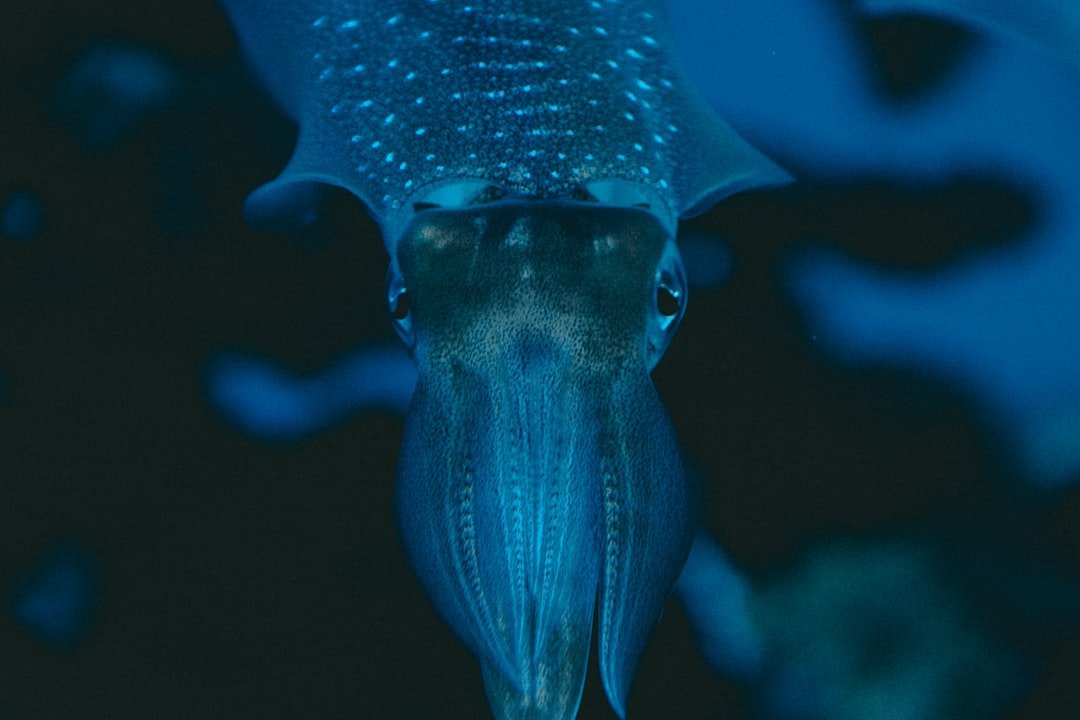
Once, our knowledge of giant squid rode on fishermen’s tales and drawings that exaggerated everything but the awe. The pivot came with submersibles and ROVs that could sit in the dark without scaring off sensitive deep-sea life. Modern cameras amplify faint photons, letting us watch without blazing the equivalent of stadium lights into a midnight ecosystem. At the same time, genetic barcoding pulled the curtain on taxonomy, showing that the giant squid we meet in different oceans looks remarkably similar at the DNA level. That was a bold surprise, implying a single, globally distributed species rather than a patchwork of regional cousins.
Accessories to that toolkit – CT scans for beaks, isotopes for diet, tag data from predators – have turned marine forensics into a discipline with teeth. Where harpoons and hearsay once ruled, we now have time-stamped encounters and archives that scientists can revisit with new algorithms. It’s messy, imperfect, and gloriously data-driven. The big breakthroughs often hinge on patience as much as technology. And patience is one thing the deep has in endless supply.
An Apex Hunter Built for Darkness
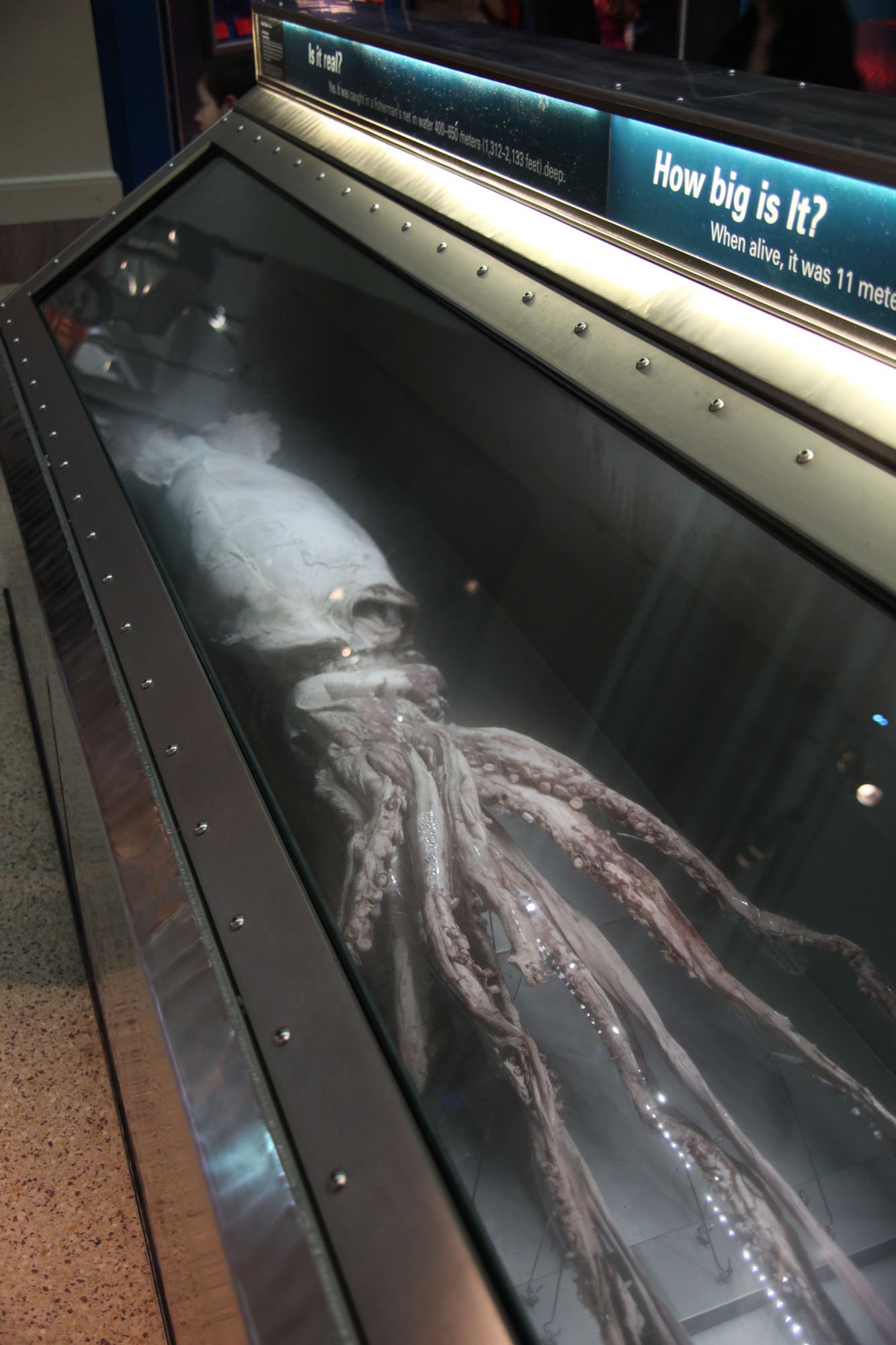
The giant squid is a study in trade-offs that make sense only in the deep. Huge eyes capture the glow of bioluminescent prey – or the silhouette of an approaching sperm whale. A muscular mantle turns seawater into jet propulsion, enabling bursts of speed that feel almost unfair in a realm where most animals drift. The two feeding tentacles launch forward like elastic spears, hauling prey onto eight shorter arms lined with suckers armed with sharp, chitinous rings. It’s a grab-and-go operation with a beak that rivals a parrot’s for bite force.
– The eyes rank among the largest in the animal kingdom, helping detect distant movement in near-total darkness.
– The tissue chemistry, rich in ammonium compounds, promotes near-neutral buoyancy with minimal energy cost.
– The serrated sucker rings leave circular scars, a signature that turns sperm whales into unwilling field notebooks.
– The body length can stretch several meters, with females typically larger than males.
These are not party tricks; they are the blueprints of a hunter optimized for a world where light is fleeting, pressure is constant, and calories are too precious to waste.
The Evidence Written on Whales
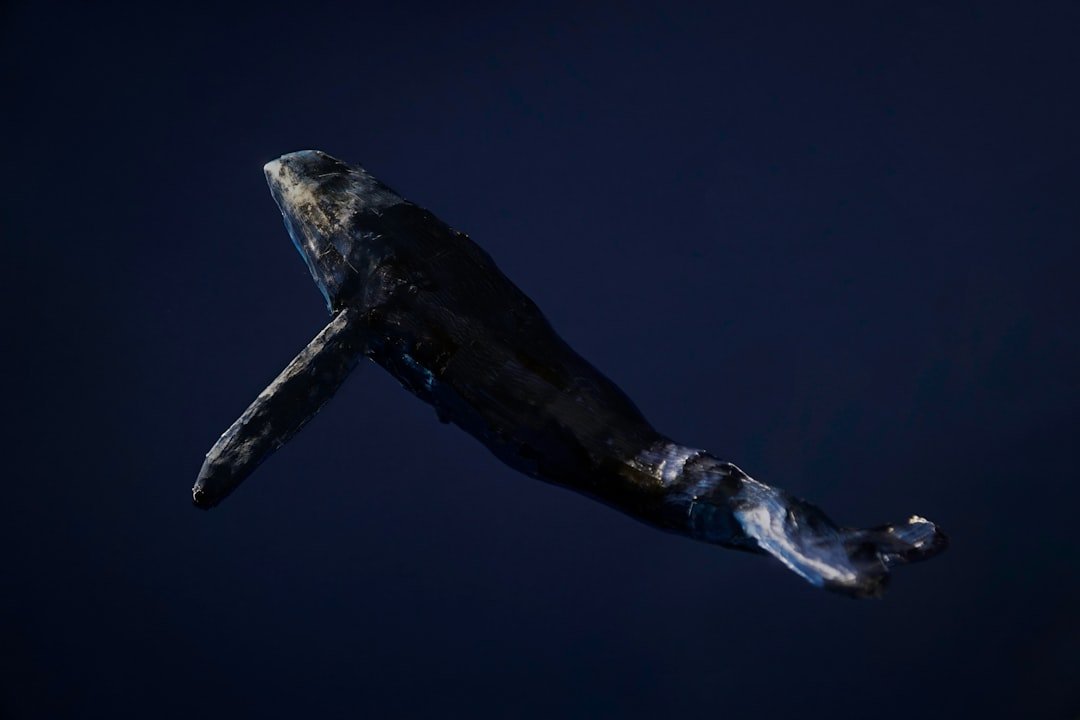
If you want to know how giant squid live, ask their enemies. Sperm whales dive for an hour or more into the bathypelagic, and when they surface, they often wear circular scars that match giant squid suckers almost perfectly. Inside whale stomachs, scientists find lower beaks of squids by the handful, the only parts tough enough to survive digestion. By measuring those beaks, researchers can estimate the size of the original animals and reconstruct a menu that stretches from small squids to giants.
Tagging data from whales adds another layer, aligning dive depths with the zones where large squids are most likely to roam. It’s indirect, but the patterns align with what we see from cameras and trawls: the heart of the action happens several hundred to more than a thousand meters down. There, whale and squid contest the oldest of dramas – predator meets predator – leaving marks we can read at the surface. In a way, whales are our couriers from the abyss. They deliver messages in scars and bones.
Counting a Phantom at Scale
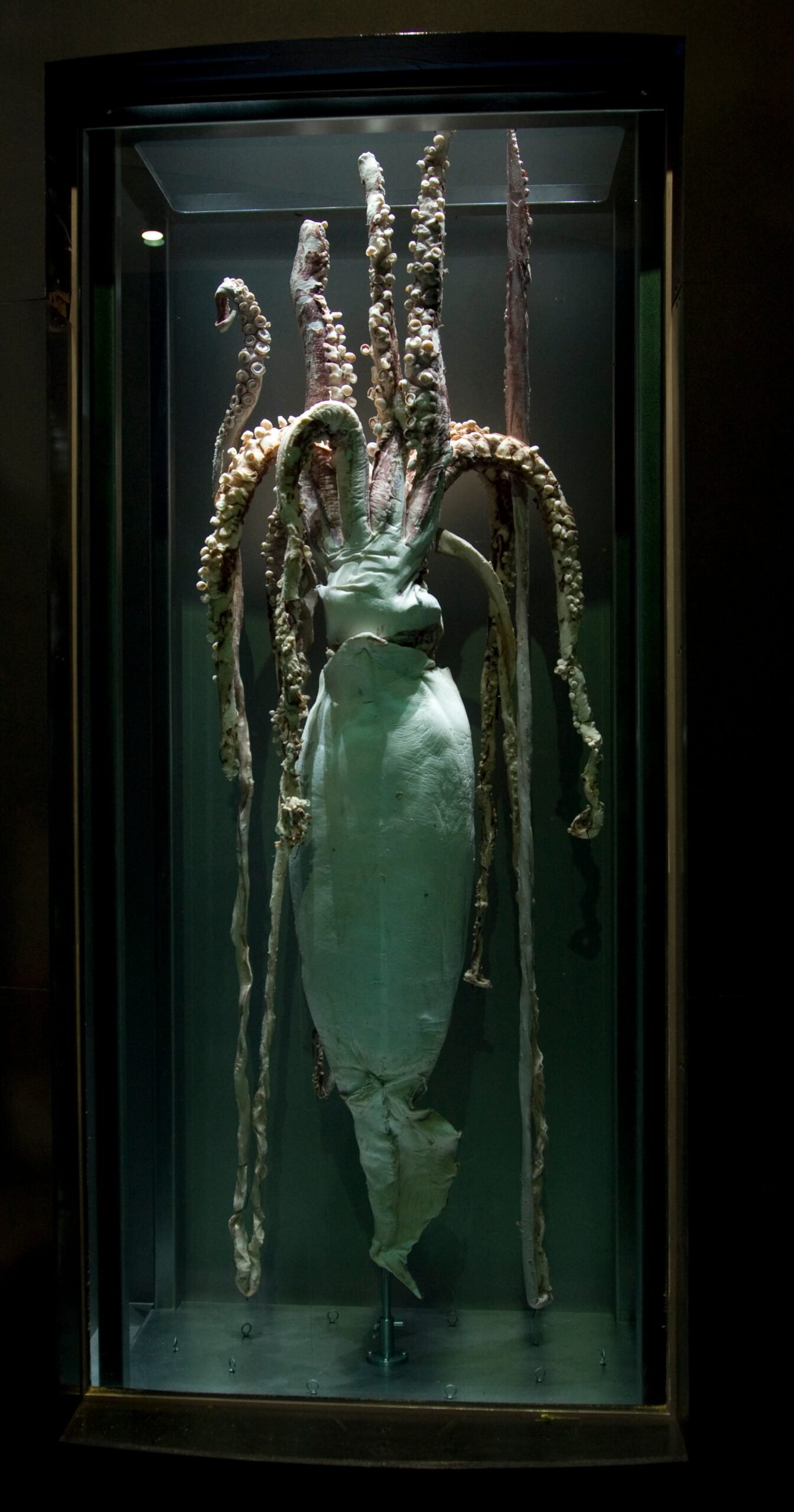
How many giant squid are out there? No one can say with precision, and that uncertainty is honest science rather than failure. Researchers synthesize sightings, strandings, and bycatch reports with oceanographic models that predict where the right temperatures, oxygen levels, and prey overlap. Environmental DNA adds a new dimension by confirming presence in waters that offer no visual sightings at all. The emerging picture suggests a widely distributed animal that shows up where midwater food webs are dense and the physics of the ocean cooperate.
But it’s a moving target. Warming seas and shifting oxygen minimum zones are reshuffling midwater communities, which could tilt the balance of where giant squid find enough prey. Long-term baselines are thin, so scientists are careful not to overread a single year of data. The solution will be time series – patient, repeated measurements that let real trends separate from noise. For a species so elusive, that’s the only fair census.
Why It Matters
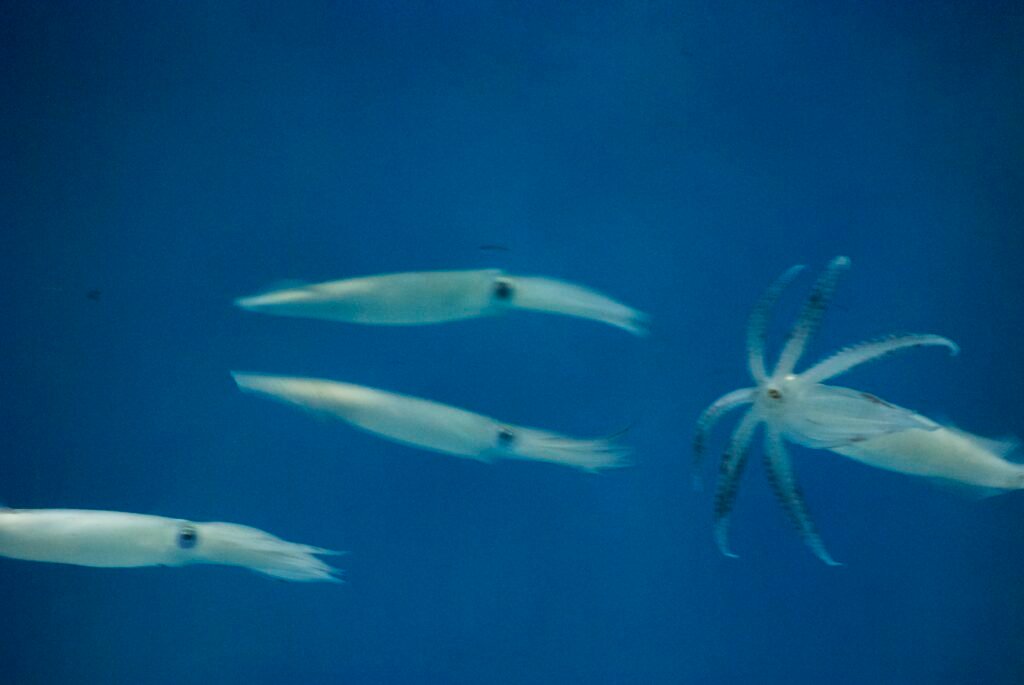
Why It Matters (image credits: Wikimedia)
The giant squid is not just a curiosity; it’s a lighthouse in the fog of the deep sea. As a high-level predator, it threads energy upward, connecting lanternfish and other midwater prey to apex hunters like whales. When giant squid die, their bodies sink and become food for scavengers, adding to the biological carbon pump that helps move carbon from the surface to the deep. Understanding where and how they live gives us a read on the health of the world’s largest habitat – the midwater, which wraps the planet like a dark oceanic belt.
Compared with traditional ocean monitoring – nets, surface surveys, and shipboard snapshots – studying giant squid forces science to go where it has long struggled: the vast, three-dimensional middle. It’s a stress test for our tools and assumptions, and that pressure has spurred innovations we now apply to many species. The payoff is broader than one animal; it’s a map of how life persists under pressure, cold, and scarcity. And it’s a reminder that conservation is not just coastal reefs and charismatic fish. The deep matters, invisibly but profoundly.
The Future Landscape

The next decade of giant squid research will ride on silent machines and clever chemistry. Autonomous vehicles with ultra-sensitive cameras can loiter for weeks, watching without announcing themselves with noise or light. AI will scan hours of grainy footage for the unique geometry of tentacles and mantle, flagging moments humans would miss. On the molecular side, refined eDNA techniques will estimate local abundance instead of simple presence, turning water samples into population forecasts.
Challenges are guaranteed. Deep-sea mining proposals, if realized, could alter parts of the water column that midwater animals depend on, even if extraction occurs on the seafloor. Warming and deoxygenation are tightening the habitable bands where large cephalopods can hunt efficiently. International cooperation will be essential for open-ocean monitoring, data sharing, and transparent standards for disruptive activities. In short, technology is finally ready; the question is whether policy and funding will keep pace.
How You Can Help
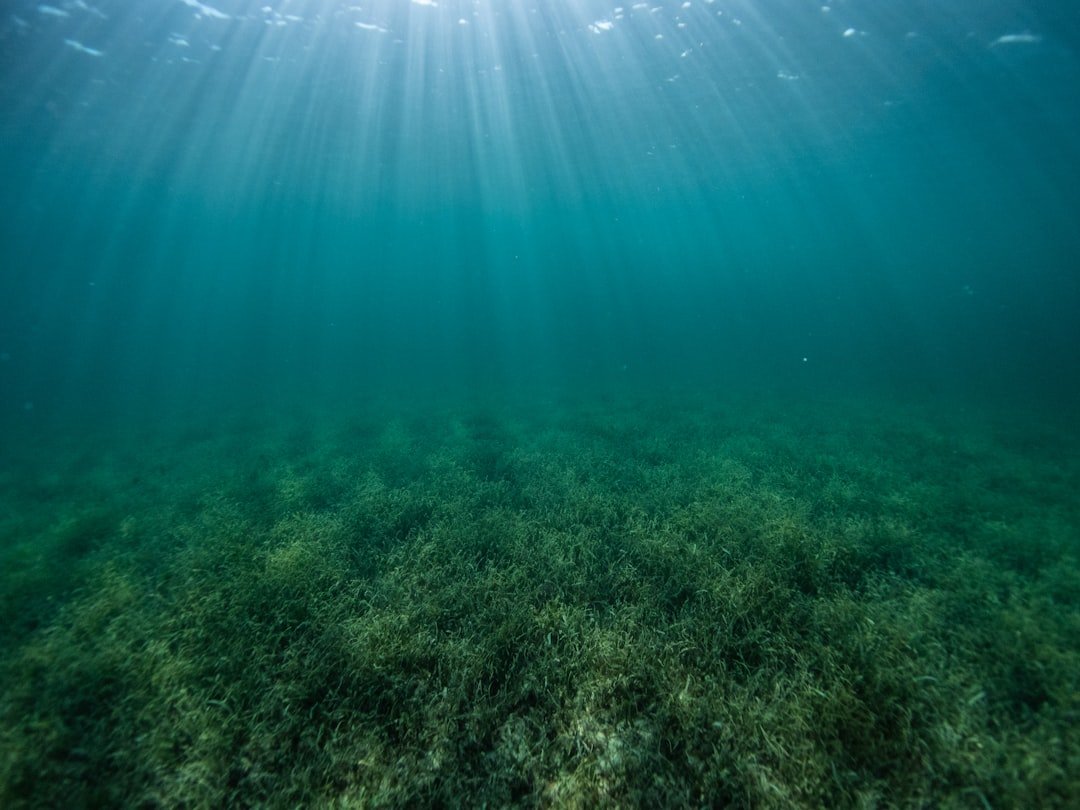
You don’t need a submersible to make a difference. Support institutions that fund deep-sea exploration and open-data archives, because long-term records are the backbone of real understanding. If you live near the coast, learn how to report unusual strandings to local authorities or citizen-science programs – good photos, dates, and locations turn anecdotes into useful data. In daily life, cut down on plastic, favor seafood from fisheries that avoid heavy midwater bycatch, and back policies that protect high-seas biodiversity.
Most of all, stay curious. The deep ocean is out of sight, and that makes it vulnerable to being out of mind. When a mysterious animal finally steps into focus, public attention helps keep the cameras rolling and the expeditions afloat. That attention is a kind of fuel science can’t do without. The giant squid is telling us a story; we just have to listen.

Suhail Ahmed is a passionate digital professional and nature enthusiast with over 8 years of experience in content strategy, SEO, web development, and digital operations. Alongside his freelance journey, Suhail actively contributes to nature and wildlife platforms like Discover Wildlife, where he channels his curiosity for the planet into engaging, educational storytelling.
With a strong background in managing digital ecosystems — from ecommerce stores and WordPress websites to social media and automation — Suhail merges technical precision with creative insight. His content reflects a rare balance: SEO-friendly yet deeply human, data-informed yet emotionally resonant.
Driven by a love for discovery and storytelling, Suhail believes in using digital platforms to amplify causes that matter — especially those protecting Earth’s biodiversity and inspiring sustainable living. Whether he’s managing online projects or crafting wildlife content, his goal remains the same: to inform, inspire, and leave a positive digital footprint.



